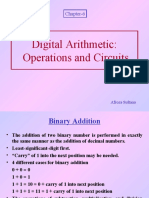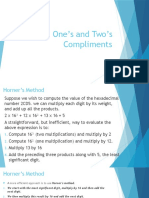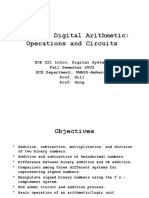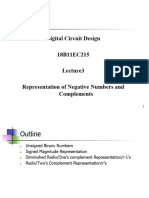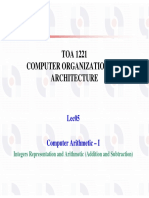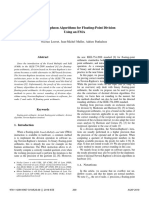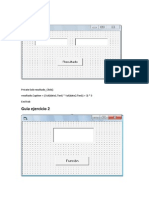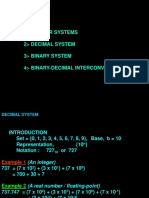0% found this document useful (0 votes)
28 views6 pagesRepresentation of Numbers in The Computer System
The document discusses the representation of integers in computer systems, focusing on unsigned and signed numbers, including methods like sign-magnitude, one's complement, and two's complement. It explains how negative numbers are represented in binary and provides examples of arithmetic operations using these methods. Additionally, it covers the characteristics of Complex Instruction Set Computers (CISC) and Reduced Instruction Set Computers (RISC), along with processor specifications related to width and speed.
Uploaded by
akpanglosamuelCopyright
© © All Rights Reserved
We take content rights seriously. If you suspect this is your content, claim it here.
Available Formats
Download as PDF, TXT or read online on Scribd
0% found this document useful (0 votes)
28 views6 pagesRepresentation of Numbers in The Computer System
The document discusses the representation of integers in computer systems, focusing on unsigned and signed numbers, including methods like sign-magnitude, one's complement, and two's complement. It explains how negative numbers are represented in binary and provides examples of arithmetic operations using these methods. Additionally, it covers the characteristics of Complex Instruction Set Computers (CISC) and Reduced Instruction Set Computers (RISC), along with processor specifications related to width and speed.
Uploaded by
akpanglosamuelCopyright
© © All Rights Reserved
We take content rights seriously. If you suspect this is your content, claim it here.
Available Formats
Download as PDF, TXT or read online on Scribd
/ 6












